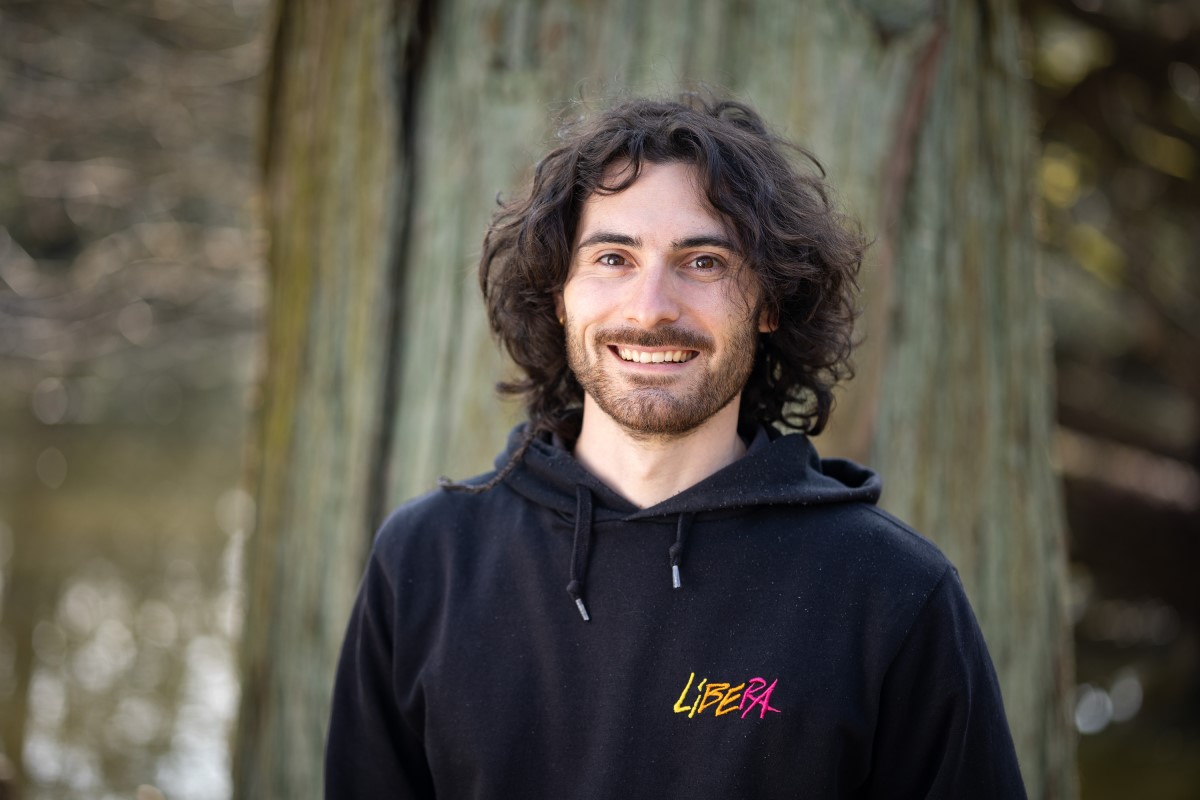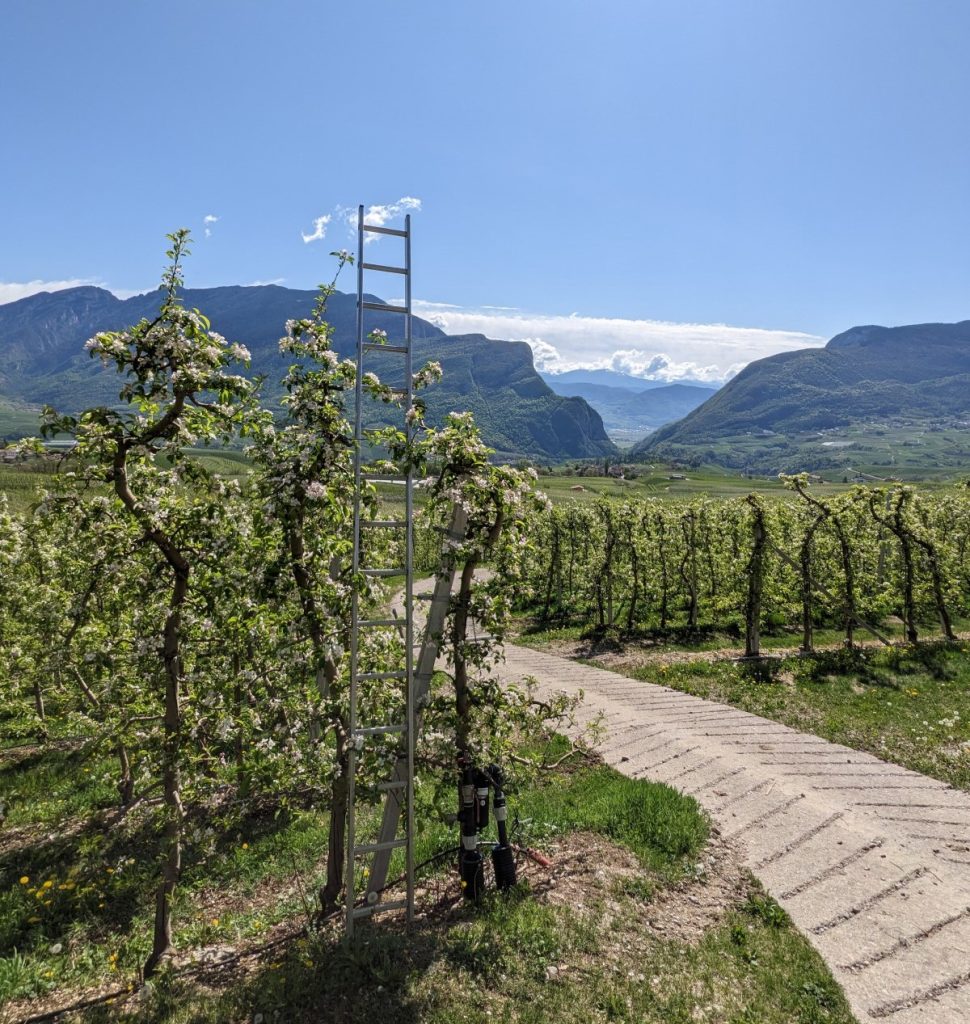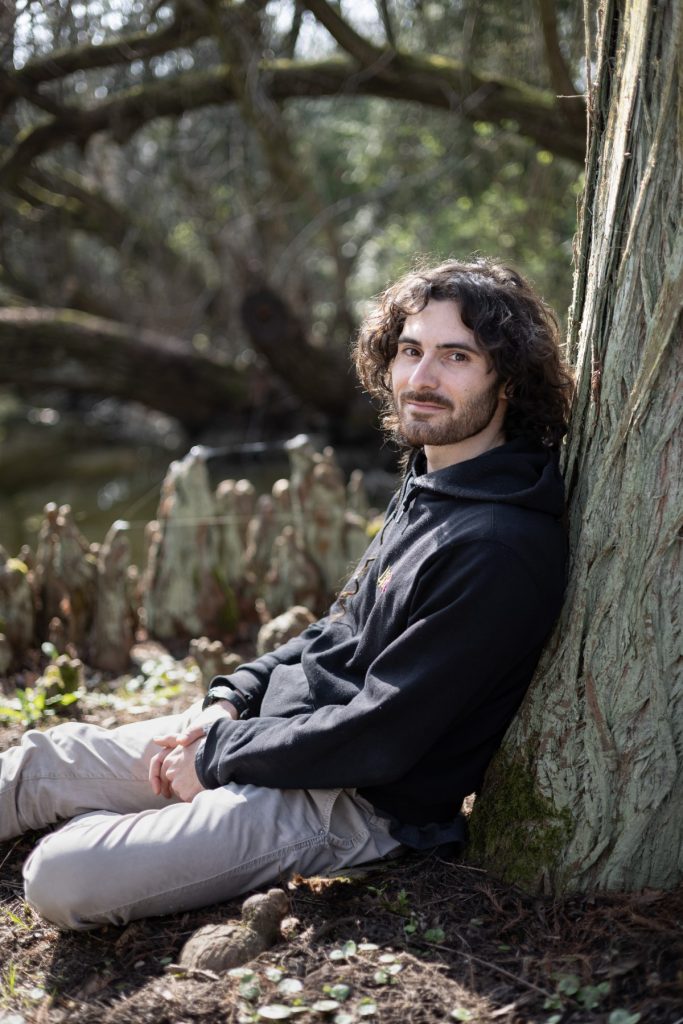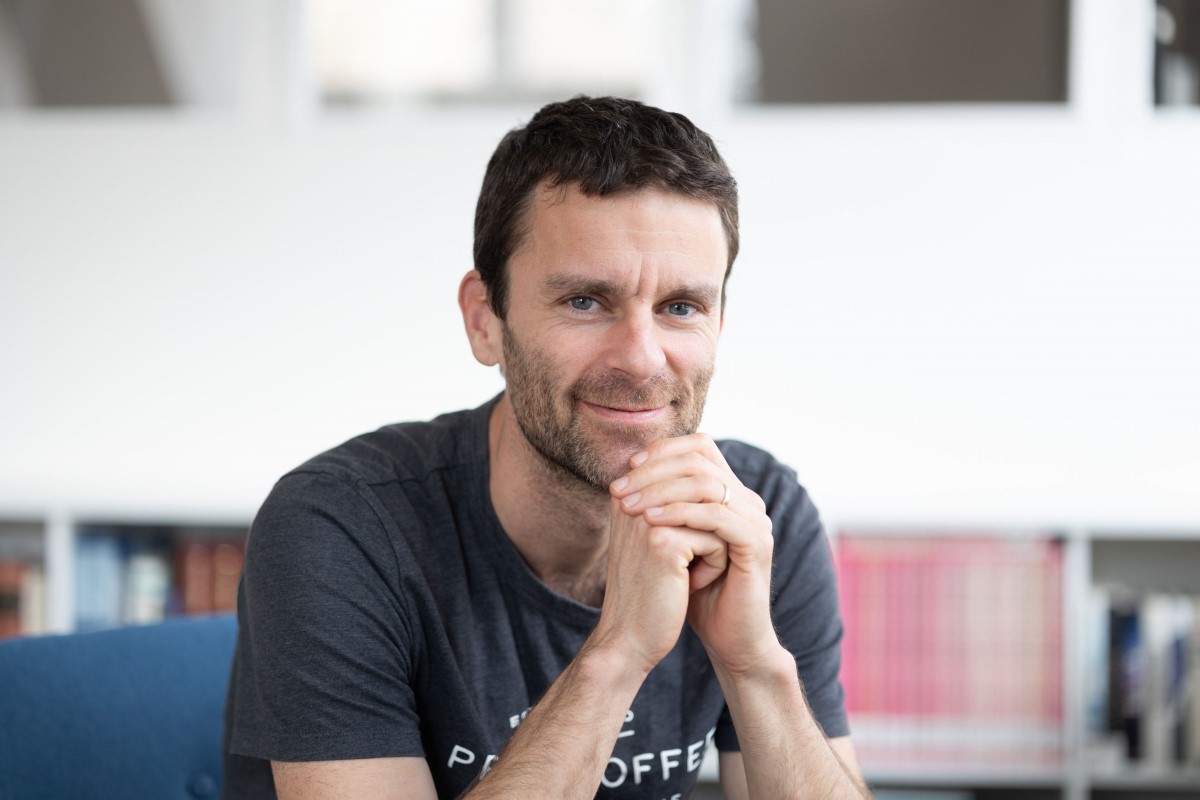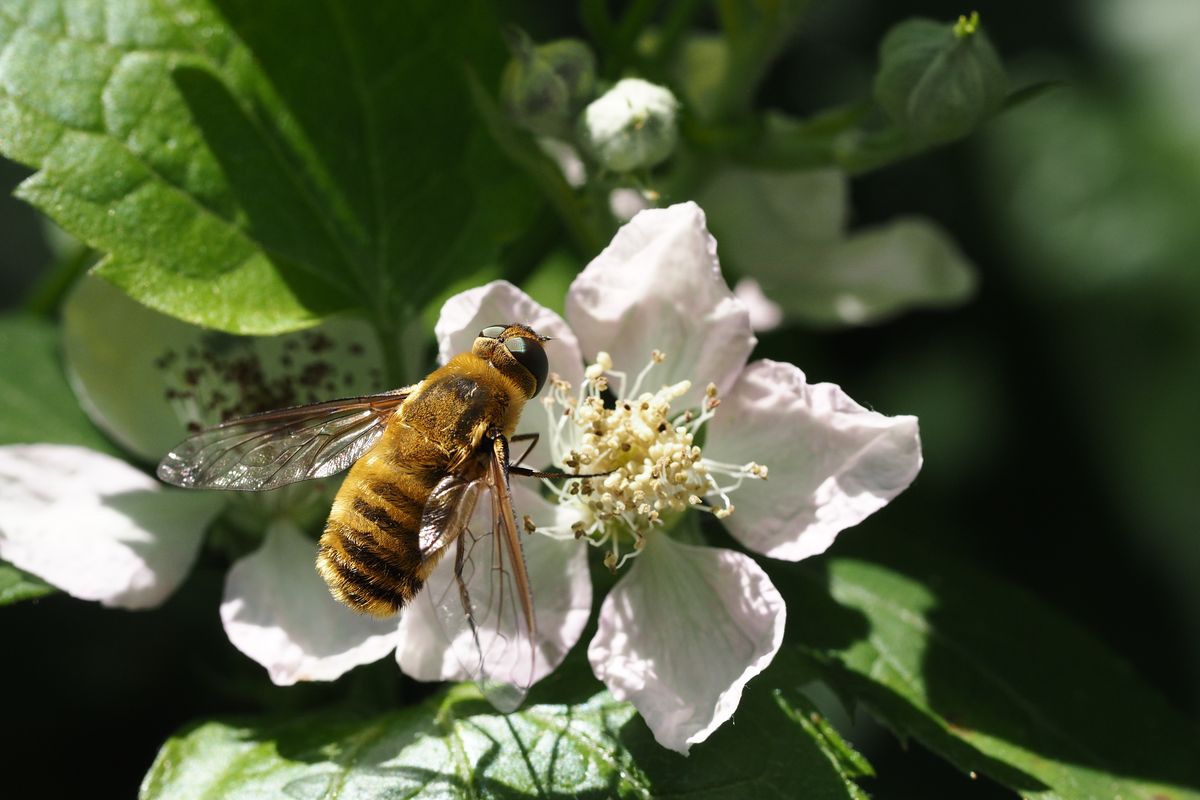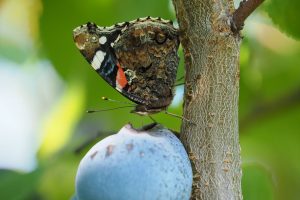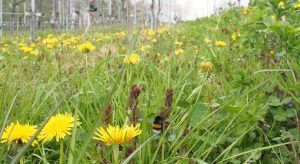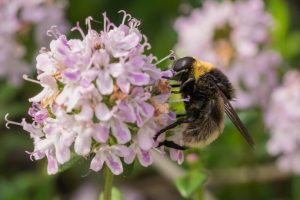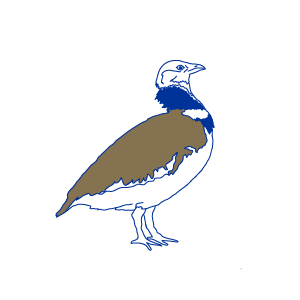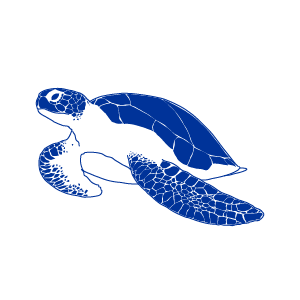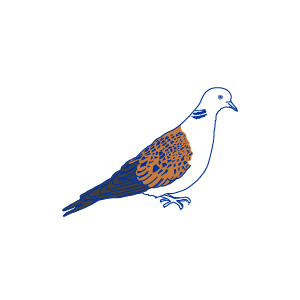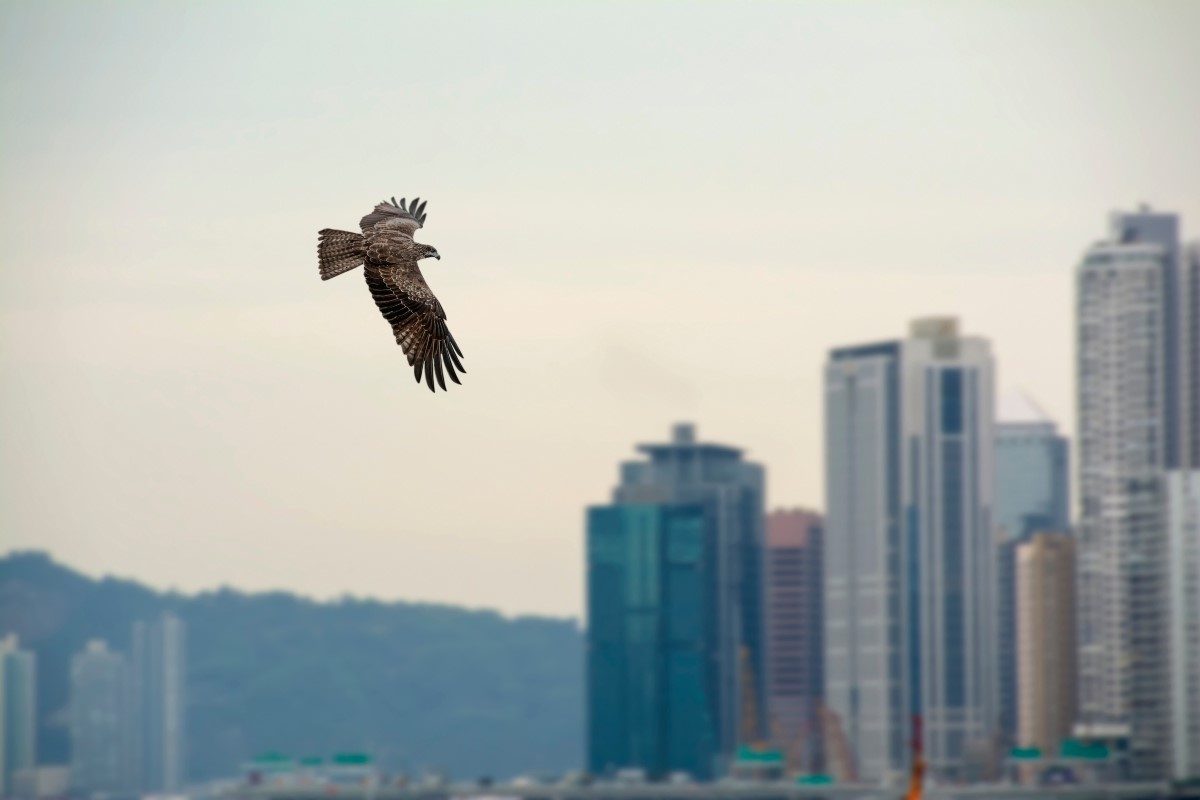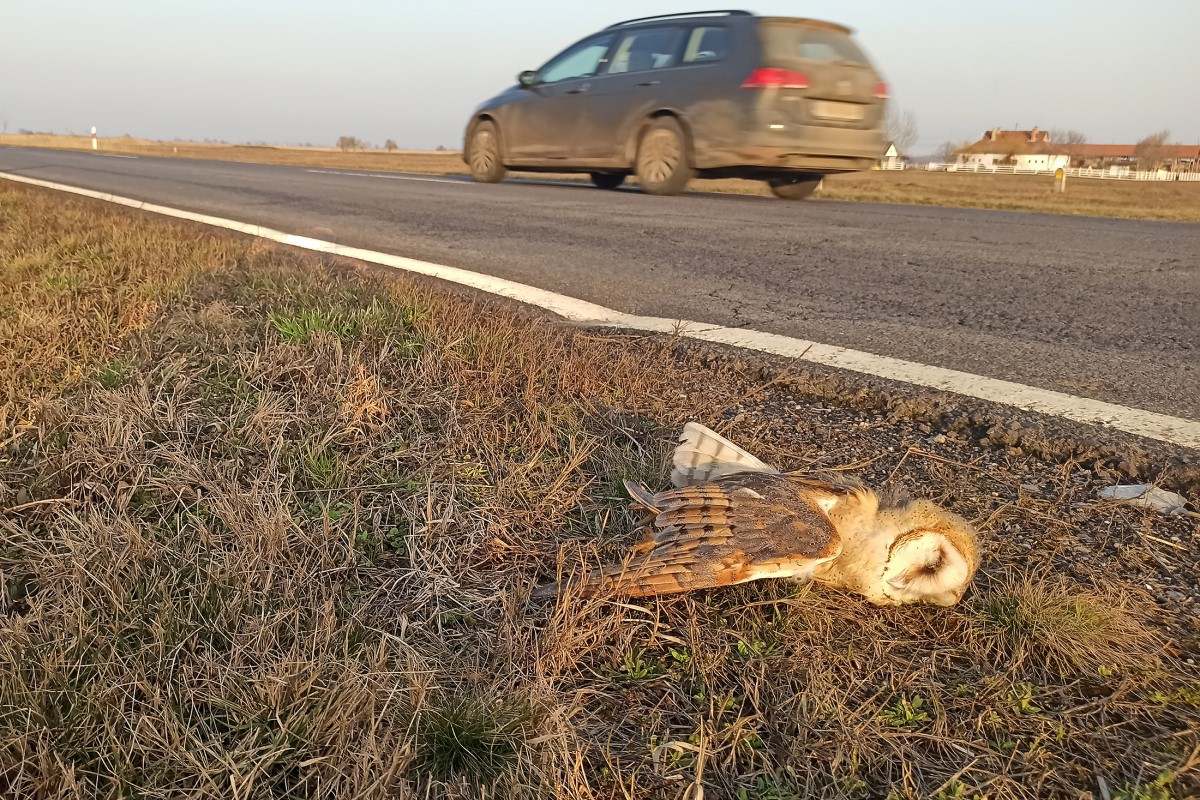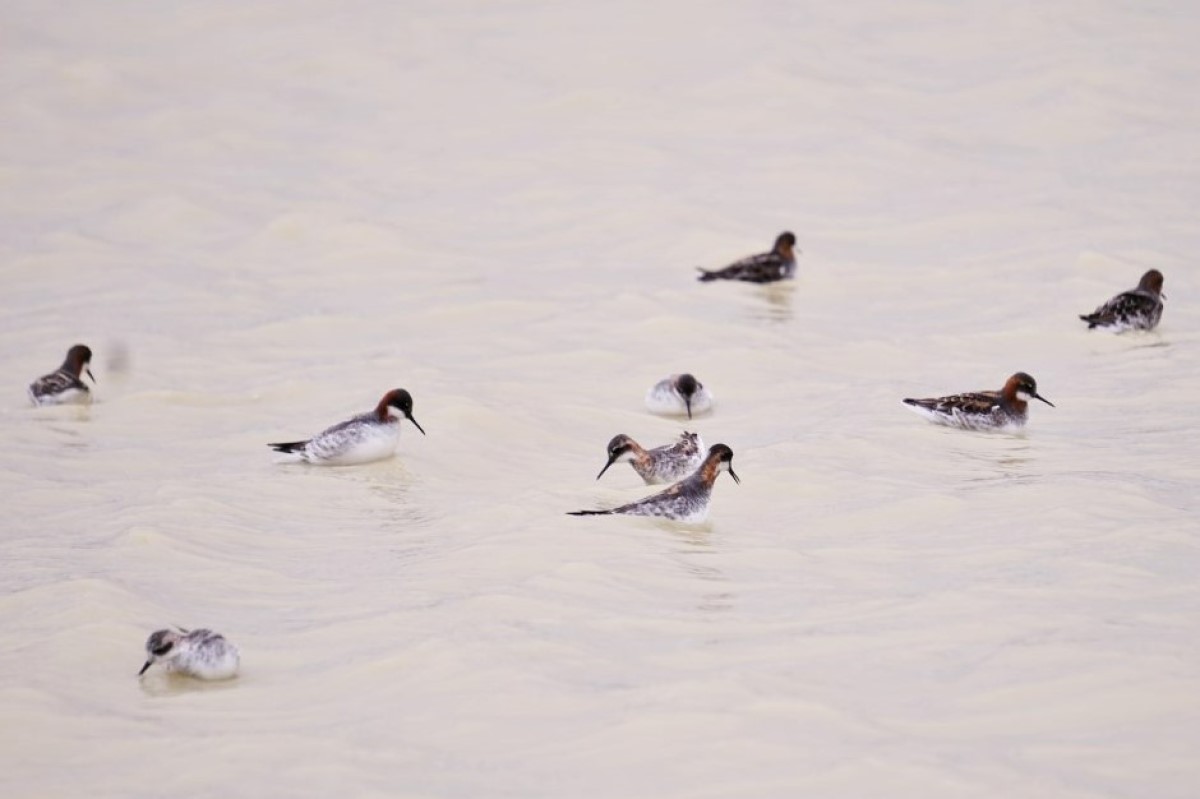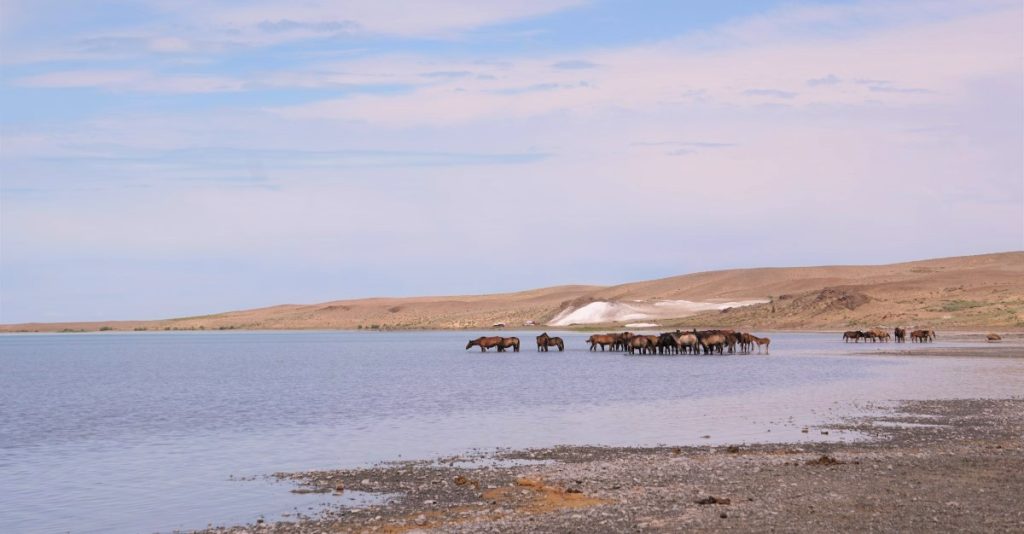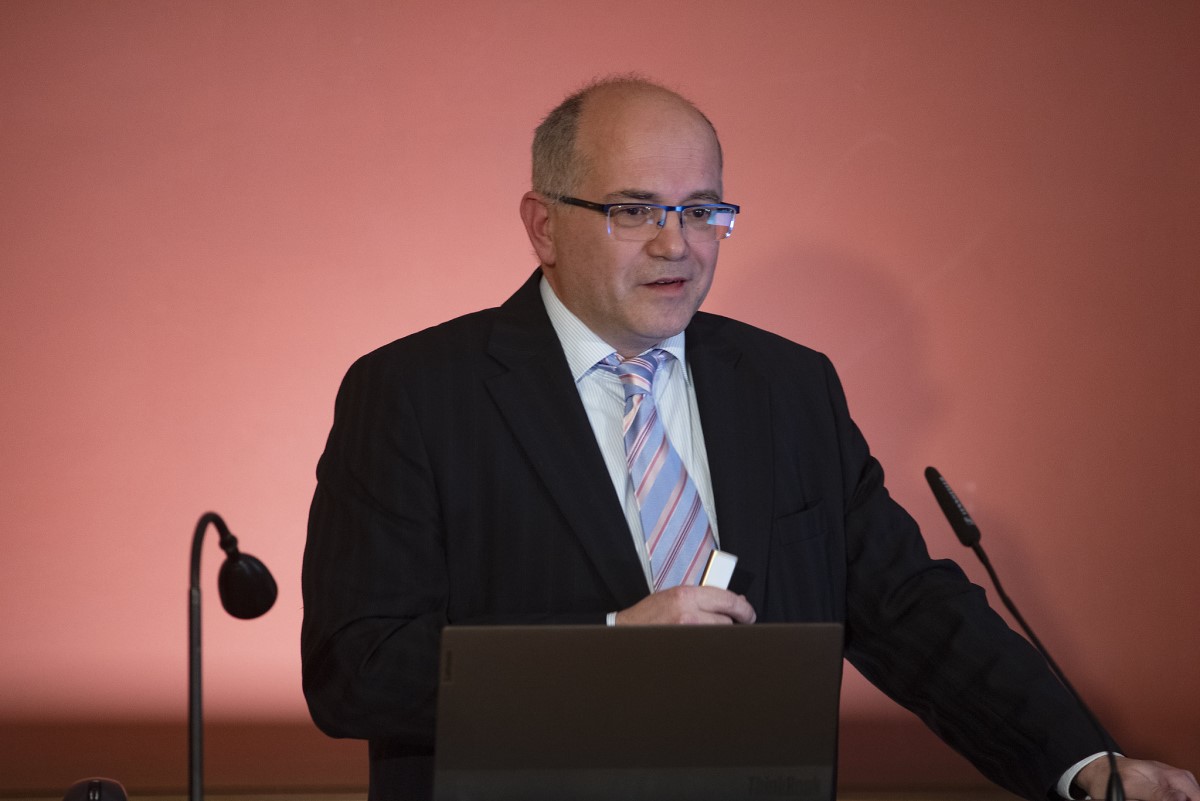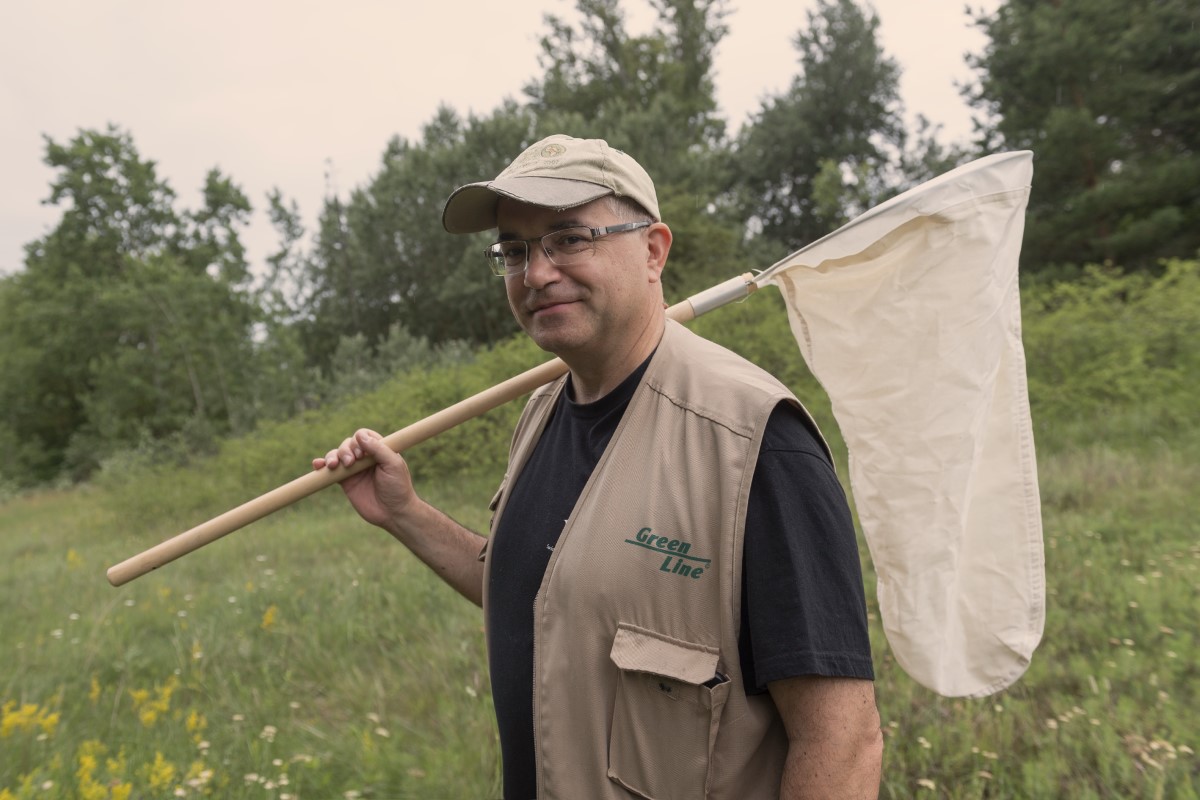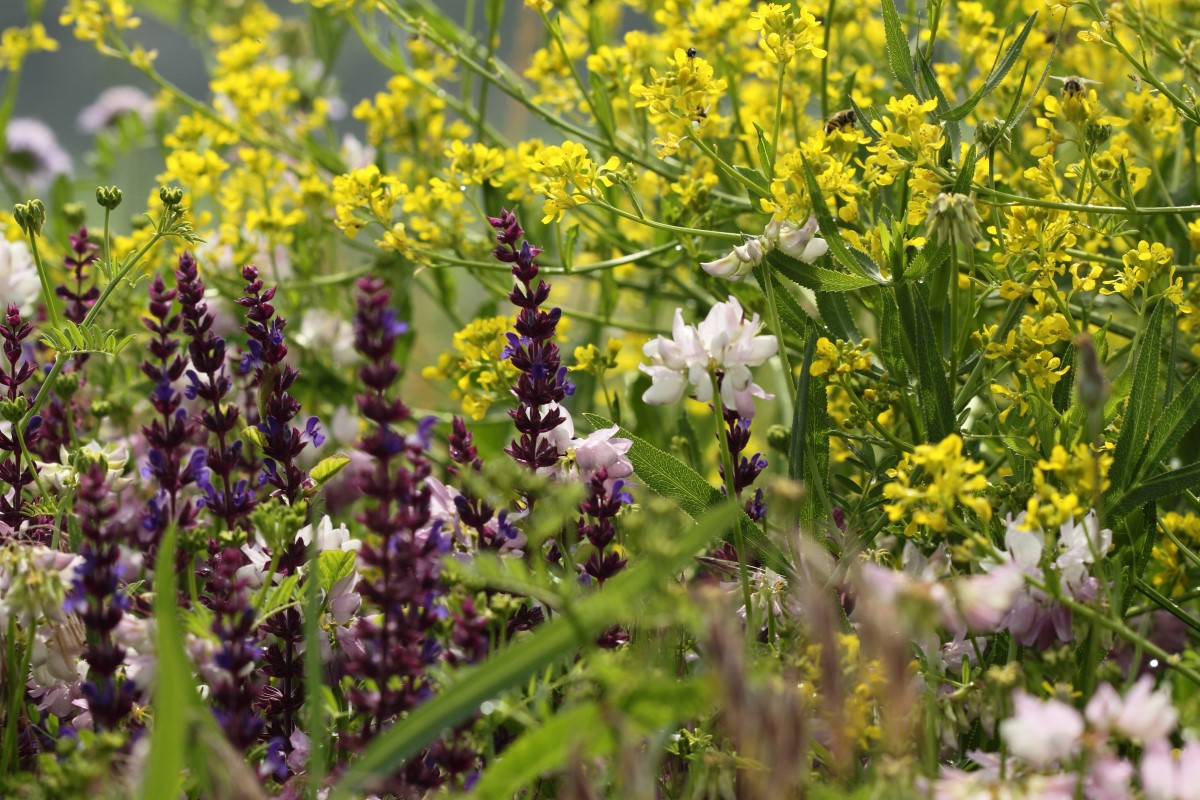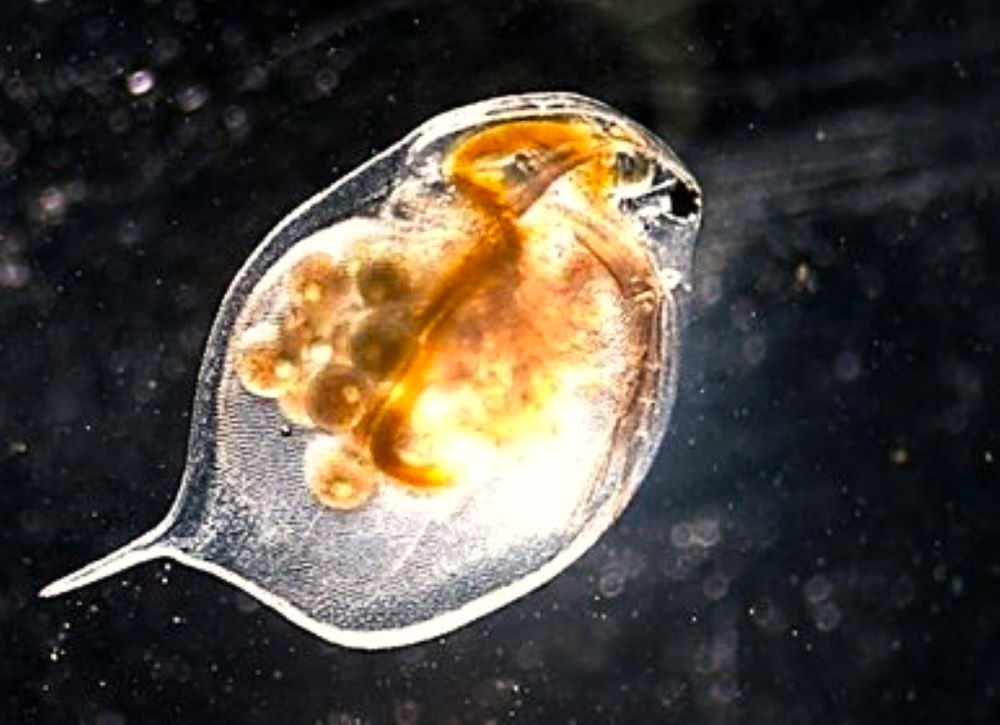
Researchers at the HUN-REN Centre for Ecological Research (HUN-REN CER) are continuously studying the effects of changing environment on ecosystems, caused by human activity and climate change, and how animals respond to it. They recently showed that the increase of salinity of ponds can drive the evolution of planktonic organisms, and this process can be observed in the Daphnia (water flea) populations in the sodic water of World War II bomb craters in Hungary. The paper presenting their latest discoveries has been published in the flagship biological journal of the Royal Society, Proceedings of the Royal Society B.
Natural ecosystems are exposed to a multitude of stressors including climate change, urbanisation, or the rising salinity of aquatic habitats. These stressors change the environmental conditions, which determine the success of organisms. The emerging spatial variation in environmental factors is called a gradient. The Plankton Ecology Research Group at HUN-REN CER, led by research fellow Csaba Vad, studies the effects of environmental change on the functioning, species composition, and evolution of planktonic communities.
“Organisms have to adapt to environmental stress, otherwise they go extinct,” the researcher says. “Sensitive species can be replaced by other more stress-tolerant species, or the resident populations can also adapt to the changing environment. In other words, an evolutionary adaptation occurs in the population, and this provides an opportunity to survive in the habitat.”
Salinisation, the increasing salinity levels of aquatic ecosystems, is a global threat. The salinity of large lakes is rising as well, but the change can be much more dramatic in shallow temporary ponds. Salinisation is caused by many factors, but one of the most important drivers is increasing evaporation (as a result of warming). Meanwhile, pollution from mining or other industrial activities, or the environmental effects of urbanisation can also lead to salinisation.
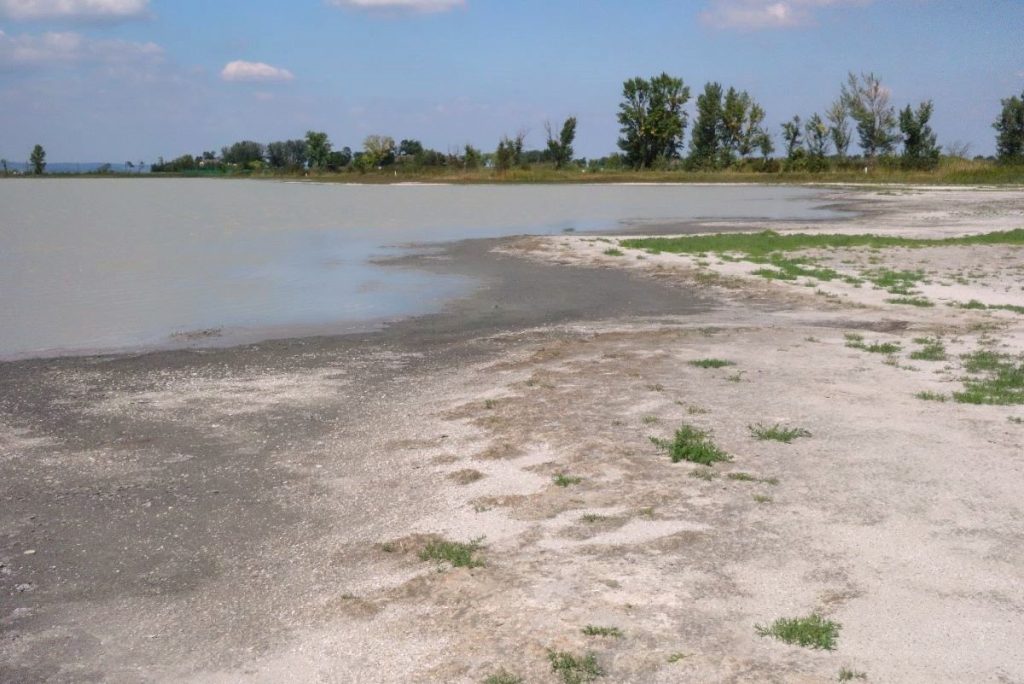
Soda pans are naturally saline habitats in the lowlands of Carpathian Basin. The researchers studied the plankton communities and salinity of these soda pans and compared them to the communities of ~80-year-old sodic bomb crater ponds in the Great Plains of Hungary. Their exact origin is somewhat uncertain, but some sources suggest that during World War II, American bombers bombed the plains instead of the nearby airport, creating more than 100 explosion craters in an 800 m diameter circle. These craters were filled with sodic water and have since become very useful model systems for ecological research.
The salinity of the bomb crater ponds varies widely, so ecologists were able to compare their Daphnia populations and find out whether they are adapted to this environmental factor. Water fleas, such as the object of this study, Daphnia magna, are large-bodied zooplankton species, which are common model organisms in ecological and evolutionary research, because they play important roles in aquatic communities and can be kept easily in laboratories. “We wanted to find out whether the salinity tolerance of Daphnia originating from ponds with low and high salinity levels is different”, tells Csaba Vad. “We also studied soda pans, which are also sodic and hold similar zooplankton communities to the bomb craters. Both types of these habitats are naturally saline, and can be used as model systems, because their clusters consist of several ponds with different salinity levels in close proximity to each other.”
If local adaptation occurs, the salinity tolerance of the populations is matching with the salinity levels of their home ponds. This means that water fleas from more saline ponds will have a higher salinity tolerance compared to the Daphnia from less saline waters. In theory, local adaptation could be more prominent in more isolated habitats (in ponds more distant in space), because the mixing of their populations with others is less likely in the case of more distant habitats. The soda pans are kilometres apart, while bomb crater ponds are only a few metres away from each other. So, based on merely the position of ponds, more intense evolutionary patterns could be expected to be found in soda pans. But this was not the case.
Local adaptation (adaptation to the local salinity concentrations) was only found in the bomb crater ponds, which are very close to each other in space. There are some possible reasons underlying this observation. For example, salinity levels in soda pans are usually higher and more variable within and across years than in the bomb crater ponds. Soda pans are also shallower and larger, while bomb craters are deeper and smaller in diameter. When soda pans dry up, the resting eggs of water fleas can be easily blown to another pond by the wind. In contrast, bomb craters dry up more rarely (only in years with extreme weather conditions), their salinity level fluctuates less, and during the explosion, a prominent rim was created along their edges. Thus, Daphnia eggs cannot be as easily transported among the neighbouring ponds, and the more stable salinity levels allow for local adaptation to this stressor.
The researchers found adaptation to salinity in the soda pans as well, but this occurred on a regional level. Soda pans have a higher average salinity level than bomb craters, therefore the water flea populations from soda pans have higher overall salinity tolerance than those from the bomb crater ponds.
“Despite soda pans being more distant from each other, because of their more frequent drying-up, the gene flow among their Daphnia populations is more intense,” argues Csaba Vad. “Furthermore, many waterbirds visit soda pans, which transport several aquatic organisms from one pond to another. These circumstances overall reduce the possibility for local adaptation in this habitat type. In contrast, we found strong local adaptation in bomb crater ponds, which are sometimes only a few metres apart. Our results show that the response of aquatic communities to salinity may be influenced by several factors.”
Opening image: The model organism of the study, the water flea Daphnia magna Photo: Zsófia Horváth


